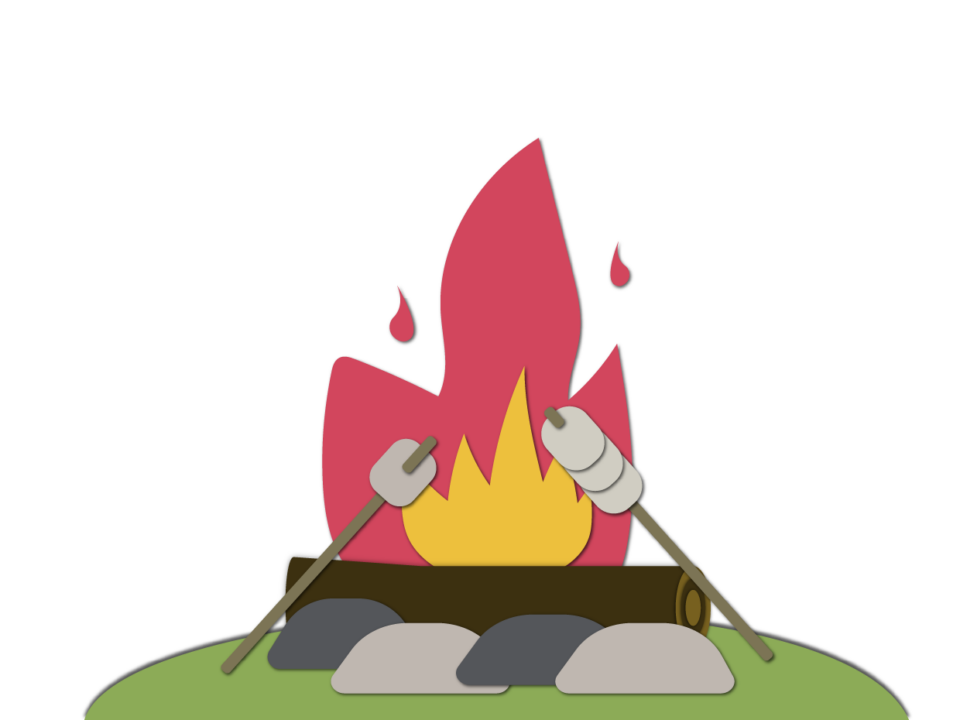An interest rate is the amount a lender charges as a percentage of the total amount borrowed. It’s usually expressed as the annual percentage rate (APR). Most of us understand how interest rates work for mortgages and other loans, but let’s take a look at how interest rates affect how you invest your money.
The role of the Bank of Canada
One of the Bank of Canada’s roles in the financial system is to promote the economic and financial welfare of Canada. The Bank of Canada has many tools to help it achieve its objectives, including influencing short-term interest rates by raising or lowering the overnight target rate. The overnight target rate is the interest rate that financial institutions use to borrow funds from each other.
When the overnight rate changes, there is a ripple effect that impacts other interest rates. This causes a change in the demand for goods and services, how people and businesses borrow and spend money, and the types of investments purchased.
Inflation management
The Bank of Canada has an inflation target of 2%, within an inflation-control target range of 1–3%. To stay within that range, the Bank of Canada raises or lowers the interest rate.
Overnight rate
While changes in the target for the overnight rate can influence interest rates, it’s not the only factor that affects the rates set by financial institutions. They set their rates based on the markets, the cost of money borrowed by other financial institutions, and the creditworthiness of their own customers.
High interest rates vs low interest rates
Higher interest rates generally limit the amount of money people can afford to borrow and may even discourage some people from borrowing at all. The interest rate is the cost of borrowing.
The stock market tends to fall when interest rates rise as companies are negatively affected by the higher cost of borrowing and are dealing with decreasing consumer demand which can dampen their earnings and lower their stock prices.
Interest rates and bonds
Interest rates and bond prices move in opposite directions. Generally, if interest rates decrease, bond prices increase and if interest rates increase, bond prices decrease.
A fixed-rate bond is more attractive to investors in a decreasing interest rate environment. For example, a bond with a fixed rate of 7% will generally become more valuable if interest rates decrease to 6% from 8%.
A fixed-rate bond is less attractive to investors in an increasing interest rate environment. For example, a bond with a fixed rate of 7% will generally become less valuable if interest rates increase to 8% from 6%.
When to sell your stocks and invest in bonds
There is no one-size-fits-all approach to this decision as individual goals and circumstances differ drastically from one investor to the next. We recommend speaking with your financial advisor before making decisions on altering your asset mix that may impact your long-term investment returns.
Learn more about how to assess risk in the bond market here.
